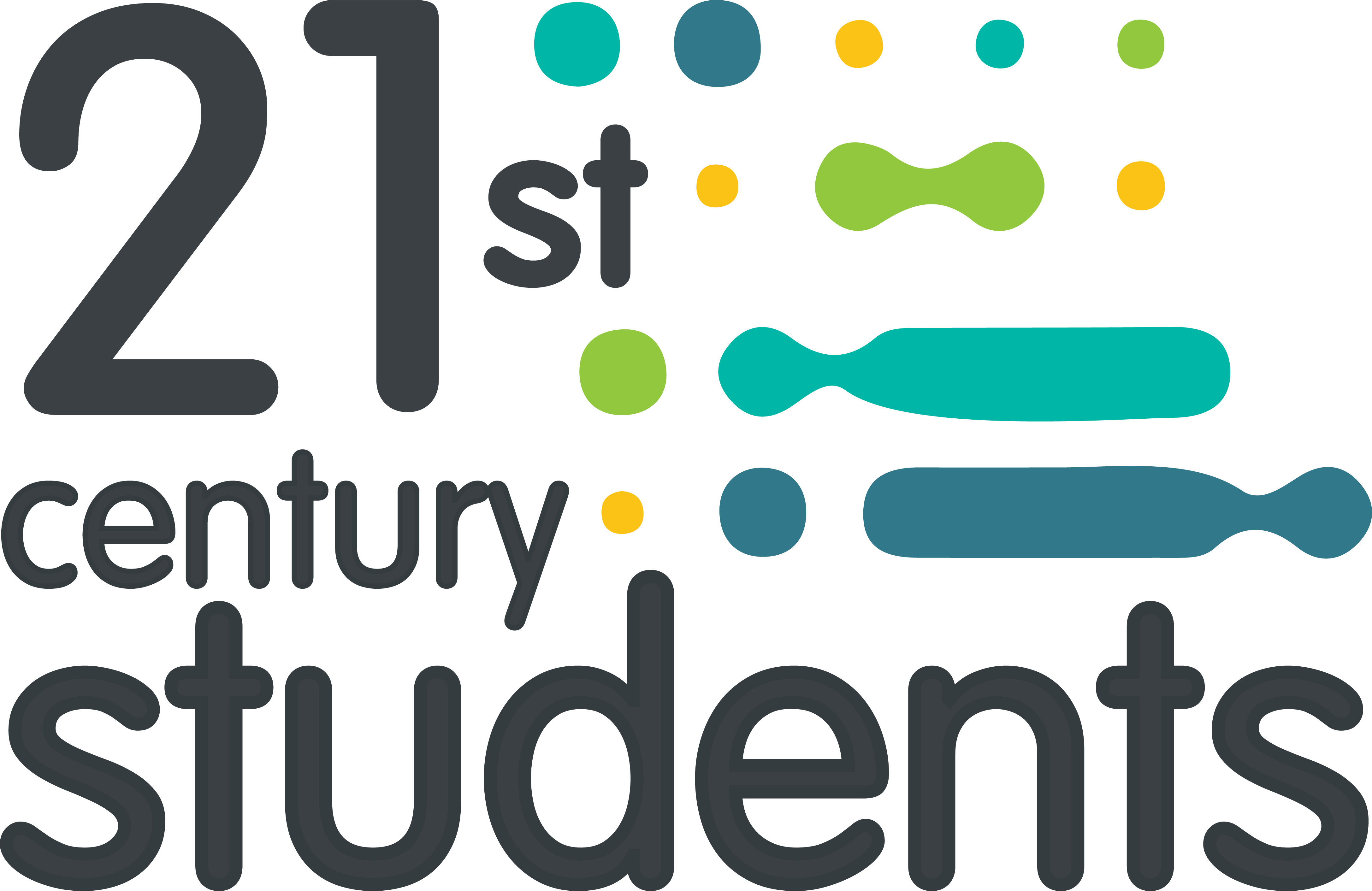Have you ever wondered how do Engineers test and optimize their designs? There are two methods:
1.The Experimental approach:
o Engineers create real models of their design ideas. These models are tested in laboratory conditions as close as possible to reality. The test results are further analysed, and conclusions are extracted.
2. The Digital – Computational approach:
o Engineers create CAD and Digital models of their ideas, using Computers. The Digital models are inserted in special Computer Programs, called Numerical Solvers, that simulate Physics and reproduce real conditions. The associated results are analysed, to reach to conclusions.
Both approaches are very good, but experiments can really cost a lot of money, need a lot of time, not to mention that, sometimes, can be dangerous!…
o The Digital-Computational approach is cheaper, faster, safer, and can be used (again and again) to test Engineers’ ideas for any set of conditions, even for conditions that cannot be reproduced in laboratories!…
Digital design refers to the creation of a computer model for a real device. The created model is a digital twin of the original object, i.e., it behaves and operates exactly like the real device. The digital design is performed in a computer, with the use of user-friendly computer platforms that support Graphical User Interfaces, include CAD design capabilities, and specialized computer programs, i.e., the Numerical Solvers.
The necessary steps are as follows:
We begin with the CAD model of the device under consideration, which is accordingly evaluated by a specialized (FEM) algorithm to create the digital model. This model involves both the device geometry and the empty space around. It considers certain simplifications in order to be manipulated by the Numerical Solver, which simulates the physical conditions around the device, e.g., the wind flow or the forces exert on it. In this way, Engineers acquire a physical insight on how geometrical modifications can be digitally assessed, to optimize the final design. Now, they can decide on the optimal shape of their device and explore potential structural problems.
You will find more information about Digital Design in the educational resources developed by the project “21st Century Students – Promoting Digital Manufacturing and Design in Schools”. Make sure you are following the project’s page on Twitter and Facebook to be the first to know when the resources are published on the project’s website.
